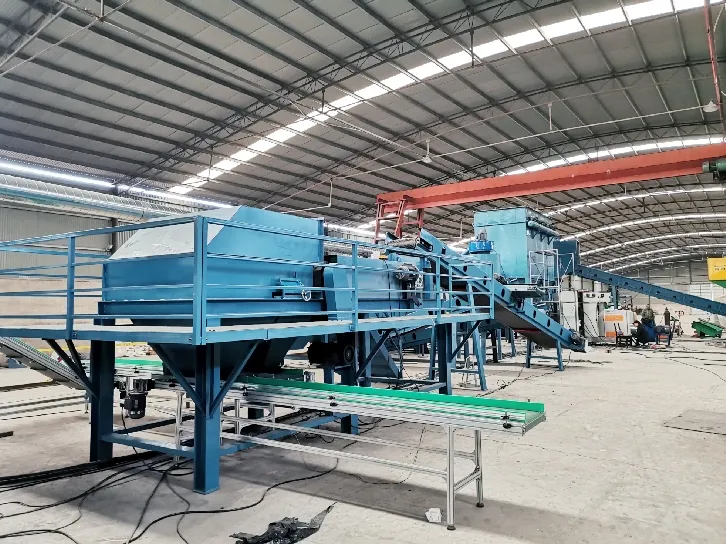

Nov . 06, 2024 21:59 Back to list
How to Dispose of Printed Circuit Boards (PCBs)
Printed circuit boards (PCBs) are essential components in a wide array of electronic devices, from smartphones to computers and household appliances. However, as technology evolves and devices become obsolete, the disposal of PCBs has become a significant environmental concern. With their complex mixture of materials, including metals, plastics, and chemicals, improper disposal of PCBs can lead to toxic pollution and damage to ecosystems. Therefore, it is vital to understand how to dispose of PCBs responsibly.
Understanding the Risks
PCBs contain various hazardous substances, including heavy metals (like lead and mercury) and flame retardants (such as brominated compounds). When PCBs are discarded improperly, these harmful substances can leach into soil and water, posing serious health risks to humans and wildlife. Additionally, landfilling PCBs can lead to the emission of harmful vapors, contributing to air pollution.
Steps for Safe Disposal
1. Identify Local Regulations The first step in disposing of PCBs is to familiarize yourself with local and national regulations. Many countries have strict guidelines regarding electronic waste disposal. Check with local environmental agencies or waste management departments for specific regulations governing PCB disposal in your area.
2. Reuse and Recycling Before disposing of PCBs, consider the possibility of reuse or recycling. Many organizations specialize in refurbishing old electronic devices or extracting valuable materials from PCBs. Recycling not only helps prevent environmental damage but also conserves natural resources. Look for certified e-waste recycling facilities that can safely process PCBs.
3. Professional Disposal Services If recycling is not an option, consider using professional disposal services. Many companies specialize in electronic waste disposal and can handle PCBs in compliance with regulations. These services ensure that hazardous materials are managed safely, and they often provide documentation to prove proper disposal.
4. Storage Until Disposal If immediate disposal is not possible, safely store PCBs in a suitable container to prevent leaks or breakage. Ensure that the storage area is cool, dry, and away from direct sunlight. Label the containers clearly to indicate that they contain hazardous waste.

5. Community E-Waste Events Many local governments and organizations host e-waste collection events. These events provide an opportunity to dispose of PCBs and other electronic waste safely. Look for announcements in your community about upcoming collection events and make sure to participate.
6. Manufacturer Take-Back Programs Some electronics manufacturers offer take-back programs where they will accept old devices for proper recycling and disposal. Check with the manufacturer of your electronic devices to see if they have such a program in place.
DIY Disposal Caution
While some individuals may consider dismantling PCBs for parts or materials, this approach can be dangerous. Not only are there health risks associated with handling hazardous materials, but improper dismantling can lead to environmental contamination. Therefore, it is advisable to leave PCB dismantling and recycling to professionals.
Promote Awareness
An often-overlooked aspect of responsible PCB disposal is education. Promote awareness of the importance of proper electronic waste disposal within your community. Educational campaigns can inform residents about the hazards of improper disposal and the benefits of recycling. Encouraging responsible behavior helps mitigate the environmental impact of electronic waste.
Conclusion
Proper disposal of printed circuit boards is crucial in safeguarding the environment and public health. By adhering to local regulations, utilizing recycling programs, and seeking professional disposal services, we can minimize the risks posed by PCBs. Taking these steps not only protects our ecosystem but also promotes a sustainable future. Remember, responsible disposal begins with awareness and action from each of us.
Latest news
Troubleshooting Common Eddy Separator Problems
NewsJul.04,2025
The Role of Metal Recycling Plants in Circular Economy
NewsJul.04,2025
The Impact of Recycling Line Pickers on Waste Management Costs
NewsJul.04,2025
Safety Features Every Metal Shredder Should Have
NewsJul.04,2025
How Industrial Shredders Improve Waste Management Systems
NewsJul.04,2025
How Cable Granulators Contribute to Sustainable Recycling
NewsJul.04,2025